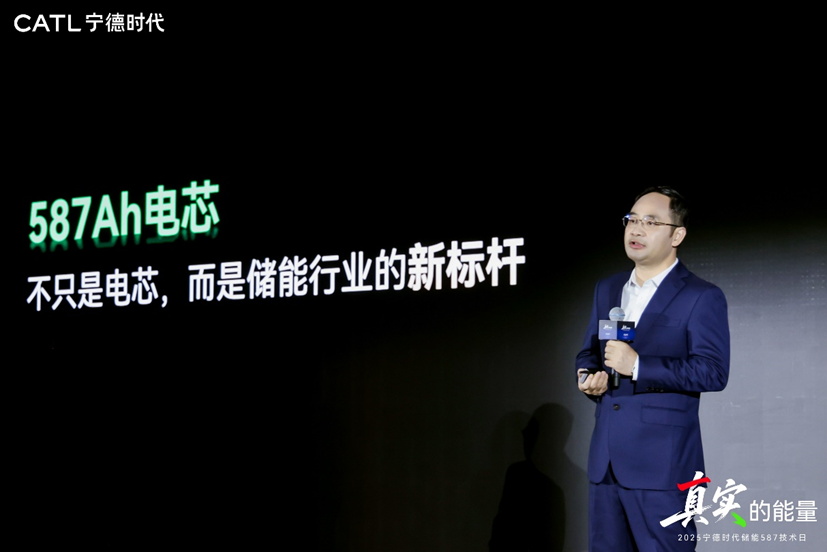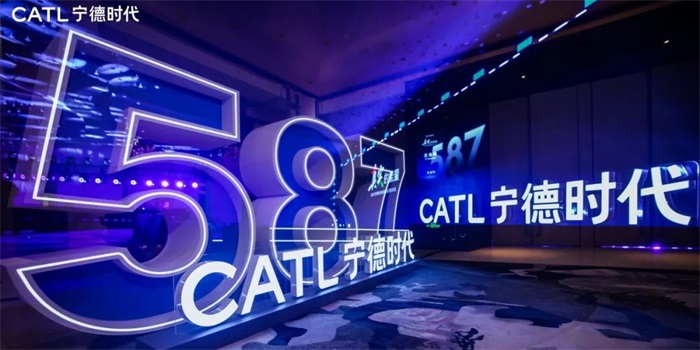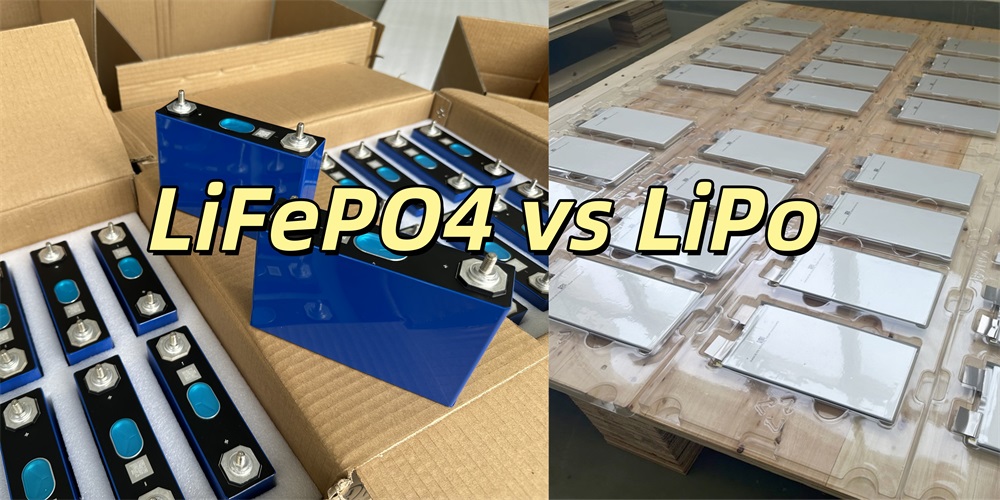CATL Launches Mass Production of 587Ah LiFePO4 Energy Storage Cell: Ushering in a New Standard
CATL recently hosted its "Real Energy" 2025 Technology Day in Shanghai, announcing the mass production of its next-gen 587Ah energy storage cell. Leading the industry with this launch, CATL emphasized its focus on real value and collaboration to shape the future of large-capacity energy storage.

A Smarter Standard for Large-Capacity Energy Storage
CATL’s 587Ah cell redefines what "optimal" means—not just larger, but better balanced. After 3 years of development, it achieves the ideal mix of compliance, system integration, and electrochemical performance.
Optimized for 20-ft containers and 1500V systems, it reduces components from 30,000 to 18,000 while meeting the 45-ton transport limit, ensuring safer, more efficient deployments.
Performance upgrades span all key metrics—energy density, safety, lifespan, and system efficiency—boosting lifecycle ROI by 5%. Backed by industry-leading manufacturing, the cell features PPB-level defect rates, 7.5 sigma quality, 50% faster production, and 57% lower carbon emissions.
True Performance · True Safety · True Reliability
Defining Real Value in Energy Storage
The heart of the energy storage industry lies in delivering truly reliable, efficient, and safe solutions. CATL’s 587Ah cell presents real value to customers through its genuine performance, safety, reliability, and delivery capacity.

True Performance: Through a revolutionary upgrade of the lithium iron phosphate (LiFePO4) material system, the 587Ah cell achieves an energy density of 434Wh/L—a 10% increase from the previous generation—and a 25% boost at the system level. With innovations in mechanical design, chemical composition, and electrode sheet architecture, its round-trip energy efficiency (RTE) starts at 96.5%. The pioneering self-healing anionic electrolyte and multi-functional film-forming additive technology ensure ultra-long, verifiable lifespan.
True Reliability: Addressing the traditional challenge of lithium battery self-discharge, the 587Ah cell improves reliability significantly through innovative material and structural design, precise data forecasting, and stringent manufacturing, resulting in a fault rate an order of magnitude lower than that of stacked batteries.
True Safety: With a "3D Defense System" comprising safe electrolytes, non-diffusing anodes, and heat-resistant separators, the 587Ah cell achieves zero fire or explosion incidents under overcharge, thermal runaway, and nail penetration tests. It has passed national mandatory tests such as GB/T 36276 and GB 44240.
CATL has continuously redefined mainstream cell standards in energy storage through products like the CATL 280Ah and 314Ah cells. With over 256GWh deployed across 1,000+ global energy storage projects and a zero-incident record, CATL’s 587Ah cell sets a new benchmark for quality and value in the industry's transformation driven by policy and market forces.

